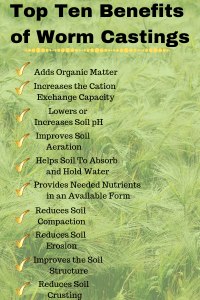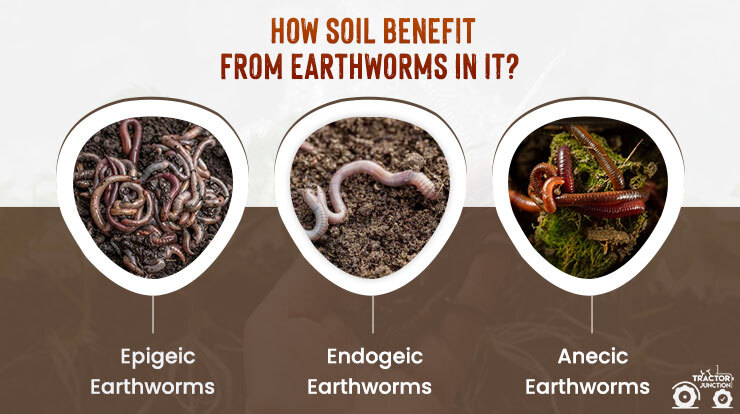What Does North Carolina Worms Do?
The 10-Second Trick For North Carolina Worms
Table of ContentsThe Greatest Guide To North Carolina WormsThe Facts About North Carolina Worms RevealedOur North Carolina Worms DiariesHow North Carolina Worms can Save You Time, Stress, and Money.
Instance: 1-gallon of worm spreadings to 4 gallons of potting mix. Do NOT utilize a potting mix that has chemical fertilizers in it. Check out the labelit will claim. 1/2 cup in the base of the planting opening for smaller plants. 1 mug for larger plants. ie. tomatoes, environment-friendly peppers, summertime squash, and so forth.
The addition of tea can also include enhanced microbial biomass to your soil. You can always side-dress your plants with worm spreadings at any moment. Simply keep in mind, the microorganisms will certainly die if exposed to UV rays (Sun), so make sure to cover the spreadings with an inch or so of soil.
This frustrated them for several years up until the testing techniques became much better. They discovered that plant growth and health and wellness exhibited a Bell Contour. It would improve(with even more castings), degree off, and afterwards decrease. They were bewildered. They finally uncovered that excess plant-growth hormones were the wrongdoer. A lot of worm spreadings would increase the growth to a speed that the plant could not recuperate from.
North Carolina Worms Can Be Fun For Anyone
I have stated the merits of worm spreadings for concerning 2000 words. Worm spreadings are no various. It takes time to create top quality worm castings.
Worm castings certainly set you back more than chemical fertilizers. Worm spreadings are on the less costly end of natural fertilizers. (50 gallons per year) It is a much more difficult and very pricey financial investment to produce large quantities of worm castings.

Creating a healthy and balanced dirt may be the best benefit of worm castings. We talked about worm spreadings NPK and likewise the proper nutrient evaluation that ought to apply to worm spreadings.
The Ultimate Guide To North Carolina Worms
We talked regarding some of the negative aspects associated with worm castings. I covered a great deal of product in this write-up.
The vertical burrows are usually open, although the worms top the top with deposit and waste matter. Origins need oxygen for their growth, whereas they produce carbon dioxide that needs to leave the soil.
Earthworms increase porosity by 2 devices: (1) by producing permanent burrows, and (2) by enhancing soil aggregation. Aggregation is enhanced by the mixing of soil and natural matter in the earthworms' intestines. Lake James Bait. These highly steady accumulations are transferred by some earthworms in their burrows, and by others at the surface area of the dirt


In an additional study, earthworms were estimated to take in 4 to 10 percent of the top 6 inches of the soil each year. Dirt compaction lowers the porosity of the soil.
Facts About North Carolina Worms Revealed
Normal earthworm populations can conveniently eat 2 bunches of completely dry matter per acre annually, partly digesting and blending it with dirt. The relevance of earthworms to blend surface area deposit with dirt comes to be really clear in dirts that do not have any kind of earthworms. The majority of our Pennsylvania soils have at the very least some earthworms, and the impact of their full lack, as a result, can not be noted.
(https://freeweblink.org/details.php?id=277460)In these dirts, the formation of topsoil with sensible natural matter content did not take place, leading to bad plant development. Once the cause was established, the government of the Netherlands started a campaign to introduce earthworms. After the introduction of the earthworms, a dark topsoil layer was created, and plant development increased considerably.
They live mainly from partly decayed natural issue that is already incorporated in the dirt. These varieties ingest large quantities of dirt that they mix with digested plant deposit in their guts.
Their burrows remain open, although they top the top with plant deposit that they pull to the entrance. These varieties consume considerable amounts of dirt that they blend with digested residue in their intestines. Their waste matter is largely transferred at the surface of the soil. The nightcrawler Lumbricus terrestris is one of the most famous member of this team.